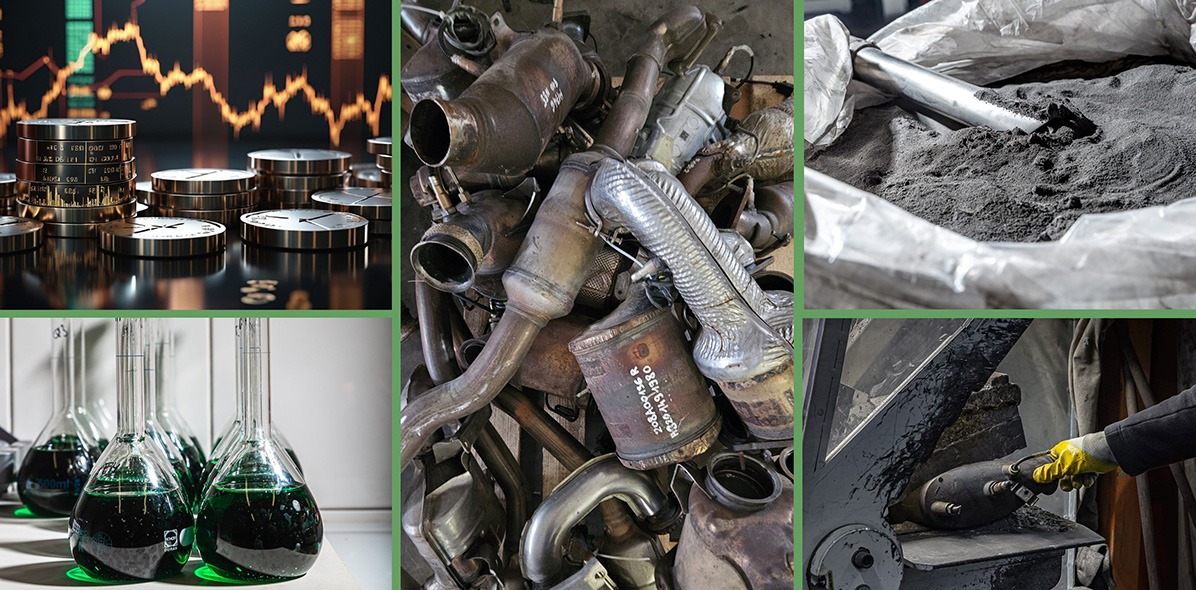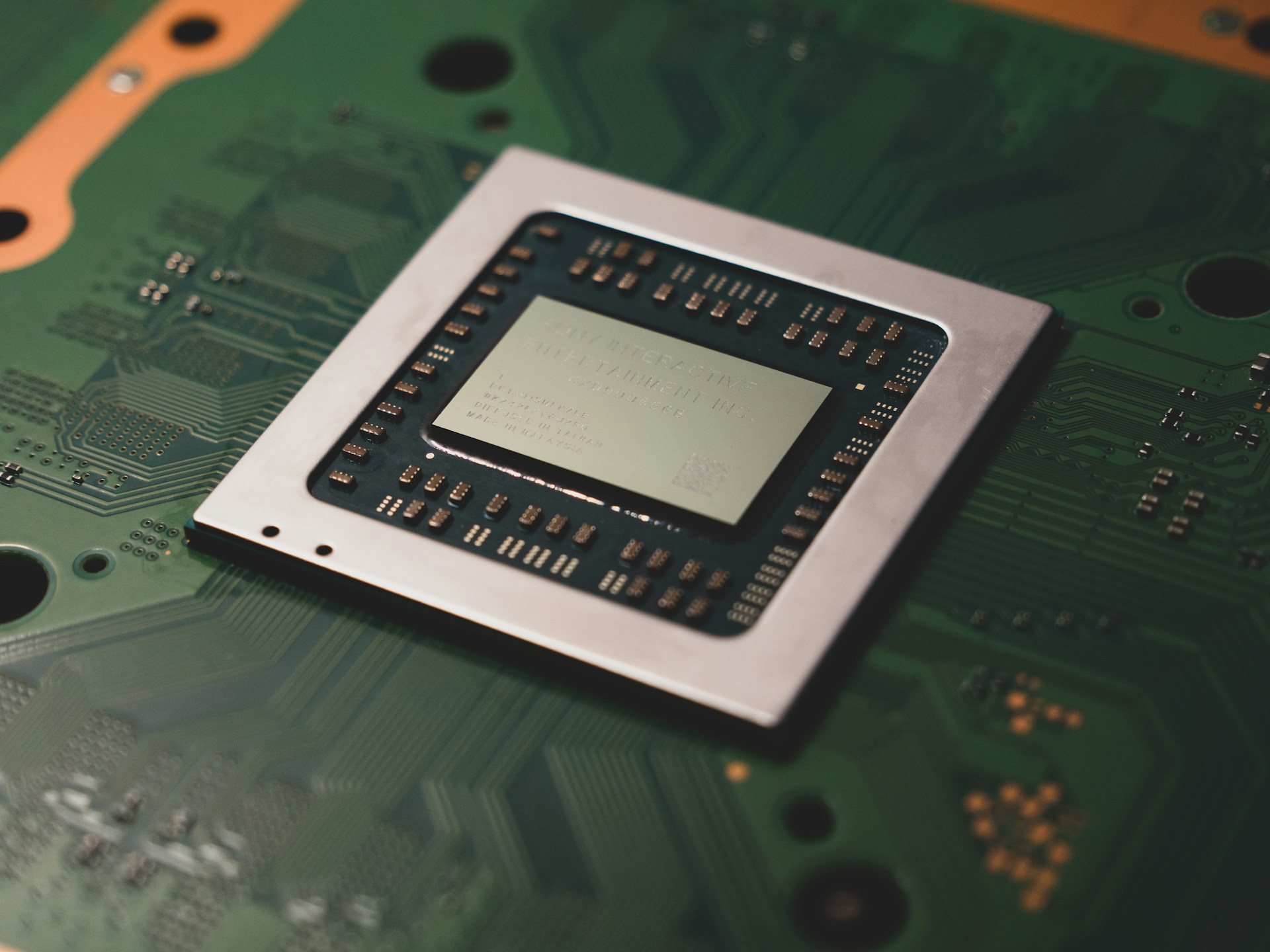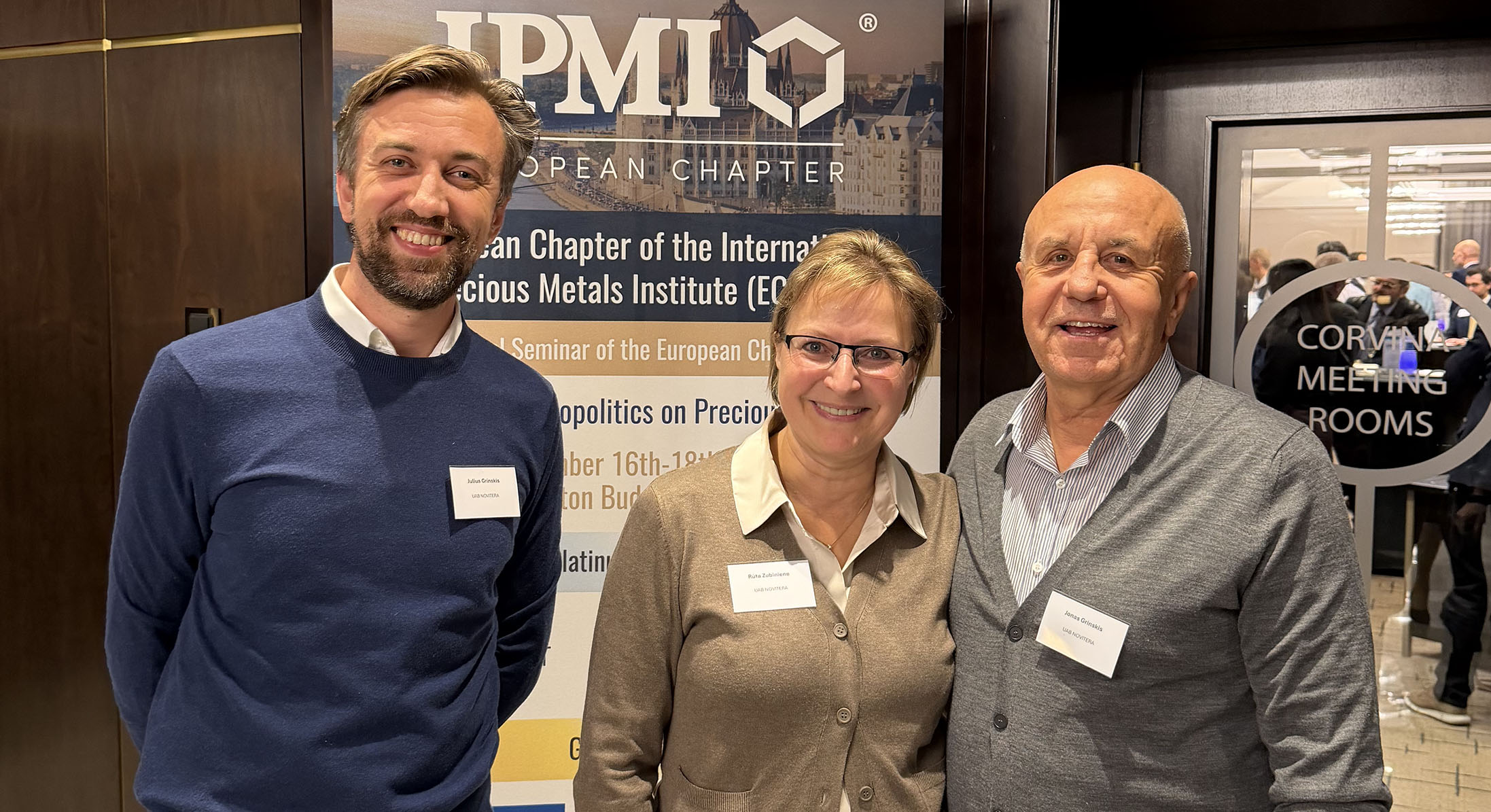Why Do Catalyst Prices Vary on the Market?
Catalytic converter buying often raises questions: why is the price of some units several times higher than others? Why do different buyers offer different prices for the same catalyst? Although this may seem like guesswork, NOVITERA’s pricing is based on clear and transparent principles.
The value of any catalytic converter in the recycling market depends on the amount of precious metals it contains—platinum, palladium, and rhodium. It’s not the size or shape that determines value, but the concentration of these metals in the ceramic or metal core. This article focuses on ceramic automotive catalytic converters, which make up the majority of the market, and explains why purchase prices can vary between buyers.
Why Is Accurately Estimating a Catalyst’s Price So Challenging?
The base of a ceramic catalyst—usually cordierite—is coated during manufacturing with a ceramic layer enriched with precious metals. During vehicle operation, part of this metal content may be lost due to factors like mileage, engine condition, fuel quality, temperature shifts, vibration, or mechanical damage.
Even catalysts with the same code can vary in composition, depending on the production year, country of origin, modification, or manufacturer changes.
A key factor influencing price variation is whether the catalyst is original or aftermarket. Aftermarket catalysts are non-OEM parts typically installed to replace worn originals. They contain significantly less precious metal, resulting in lower recycling value.
To determine the exact concentration of metals, laboratory assaying such as ICP-OES is required. This process involves dissolving the homogenized (ground to 150 microns) ceramic sample in acid and measuring the metal content with precision. Such tests typically cost €150–300.
For sellers with only one or a few catalysts, such testing is often not cost-effective, as a single converter’s value may only be around €100.
So What Methods Are Used?
In practice, different methods are applied depending on:
- the quantity of material,
- how quickly the deal needs to be completed,
- the required accuracy of the evaluation.
Why Are Prices So Different Between Buyers?
Buyers may offer vastly different prices for the same unit due to their assessment methods, equipment precision, risk tolerance, or pricing strategy. Some may offer an unrealistically high price (a dumping strategy) to attract sellers, while others quote very low to maximize profit. It’s also important whether the price is calculated using official daily precious metal market rates or older, unofficial data.
If a converter is intact and has a readable code, its price is usually determined using a catalog. In such cases, the seller can easily compare offers from multiple buyers. However, it’s important to compare prices on the same day, as precious metal prices change daily, impacting purchase offers. Yesterday’s price might no longer reflect today’s market.
If the catalyst has no shell or the code is damaged or suspicious, the only objective way to determine its value is by using an XRF analyzer.
A catalyst is considered damaged if:
- it has atypical welds,
- visible ceramic damage,
- an unreadable or fake code,
- or it is a counterfeit.
When any of these signs are present, catalog pricing becomes unreliable. For damaged or aftermarket catalysts, the only accurate method is an XRF analysis to determine the actual precious metal content.
NOVITERA determines catalyst value using a straightforward formula: value = precious metal content × official market price − processing costs. This valuation method provides customers with a transparent, objective, and easy-to-understand price calculation.
How Does NOVITERA Evaluate Catalysts?
This ensures a transparent and trustworthy price assessment process.
📞 Call: +370 618 24273
✉️ Email: [email protected]
SUBSCRIBE TO OUR NEWSLETTER and stay updated on metal prices and market insights!
By providing my email address, I confirm that I agree to receive newsletters and that my data will be processed for direct marketing purposes in accordance with NOVITERA’s privacy policy. I can unsubscribe at any time by clicking the link at the bottom of the newsletter.




